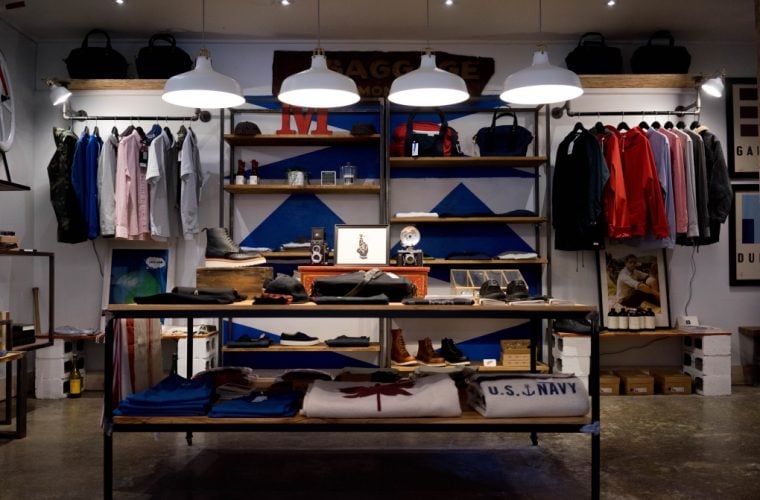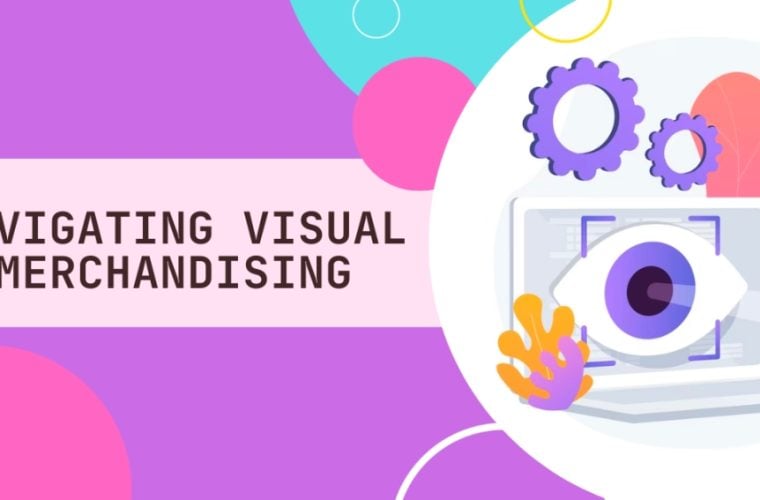Store Lighting – How It Supports Your Overall Merchandising
Lighting can literally make or break a store environment. When used correctly, lighting can transfer a space – or even just a single product – from something customers walk past to something customers are drawn to. With a few easy tips, you can take your store from blah to wow with a few clicks of a (light) switch.
Accent Lighting
Accent lighting should be used according to your overall store assortment. If your store sells higher-end luxury items, it is ideal for you to use accent lighting to showcase these items. More basic stores that sell a variety of products with less luxury items should use accent items to showcase sale items, new items or items that you believe need to be called out with special attention. The goal of accent lighting is to call attention to a few products versus everything in the store. Use only as necessary yet enough to make an impact on the products you believe deserve this attention.
High Activity Lighting
Have a store that gets a ton of traffic and sells a ton of different stuff? Using light to bring attention to areas versus one specific product should be considered. Think about a back corner that may not get the right lighting with simple overhead fixtures but deserves just as much attention as the rest of your store. Stage your lighting to focus on these entire areas. Don’t forget about tall shelves, back corners, entire display fixtures and all other areas that matter here.
Ambient Lighting
Ambient lighting refers to your overall store lighting, allowing for customers to get a general store overview through the lighting used in your store. An example of this would be one prominent light fixture hanging in the center of the store, such as a large chandelier. This lighting makes the largest overall impact, so make sure it doesn’t change the color of your product or make the store appear offset in store layout.
Case & Shelve Lighting
Have you ever shopped somewhere and had to struggle to see inside a case to view a product? This is what you want to avoid in your own store. All products should be visible, so consider using shelve and case lighting as necessary. Make sure that you do not have this lighting exposed in a place that customers may lean against it or tough it accidently, as it can get very hot.
There is no single store lighting formula that you can follow as a retailer to ensure you are using your lighting correctly, but the points above allow you to think about the lighting decisions you have made or need to make. Additionally, whatever lighting plans you decide on for your store, make sure to change them as your merchandise and floor plan changes. Just like all other necessary steps in retail (merchandising, marketing, budgeting, etc.), lighting should be reviewed routinely and updated as necessary.
There’s no time to waste – start clicking some on and off switches. Let your lights do the rest of the work!














